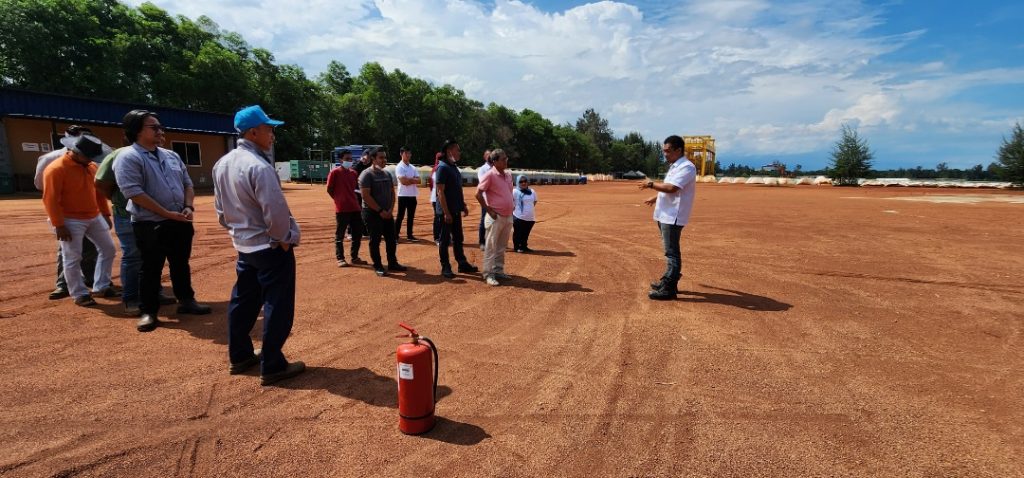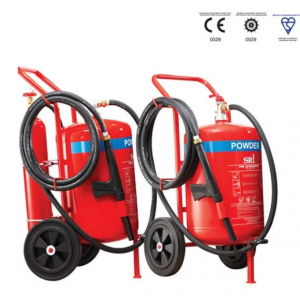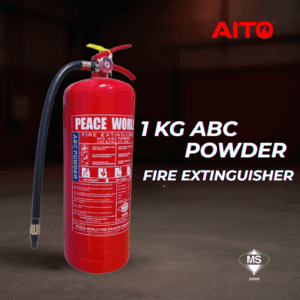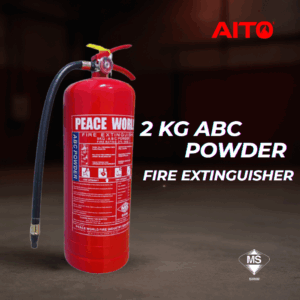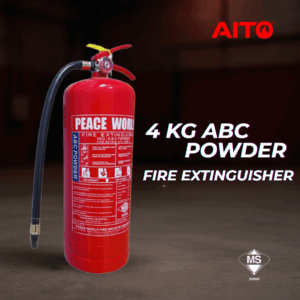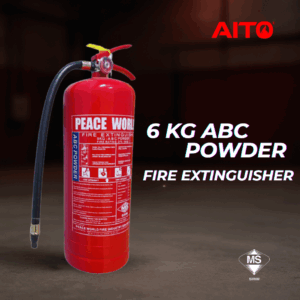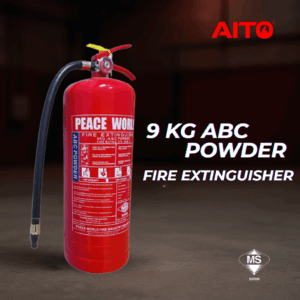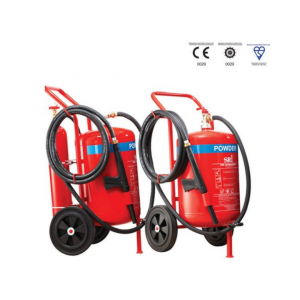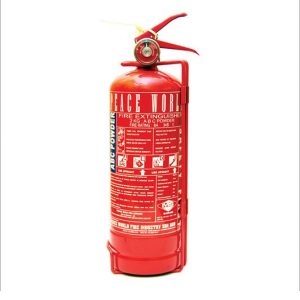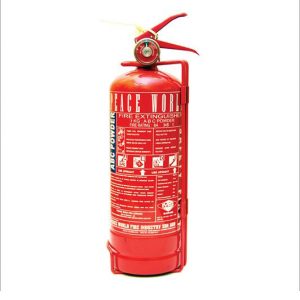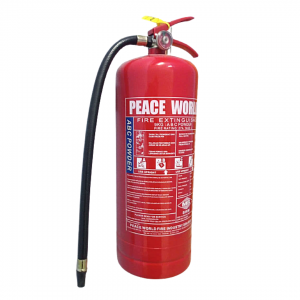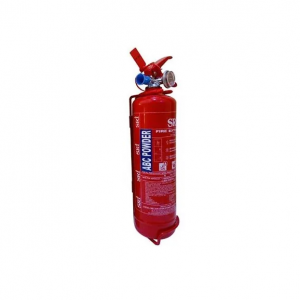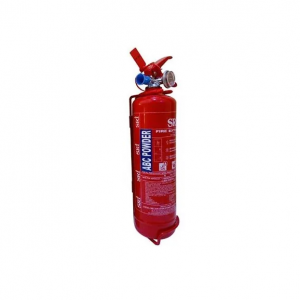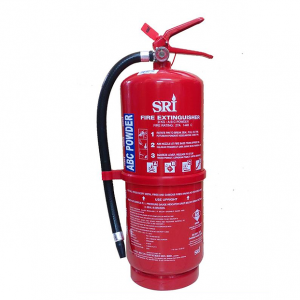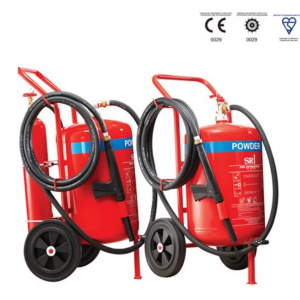Fire drills are an essential part of fire safety in the workplace. Fire drills help to prepare employees for a fire emergency and ensure that they know what to do in the event of a fire. In this article, we will discuss the importance of fire drills in the workplace and some best practices for conducting a successful fire drill.
Preparedness
One of the most important reasons to conduct fire drills is to prepare employees for a fire emergency. Fire drills provide employees with the opportunity to practice fire safety procedures, such as evacuating the building and using fire extinguishers. By practicing these procedures, employees will be better prepared to respond to a real fire emergency.
Awareness of Fire Hazards
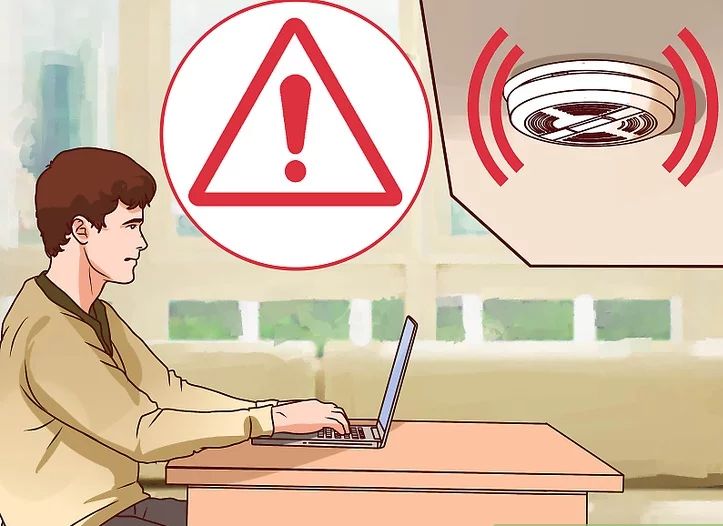
During a fire drill, employees identify potential fire hazards in the workplace, such as blocked exits, overloaded electrical sockets, and improperly stored combustible materials. By recognizing these hazards, employees can actively reduce the risk of fires.
Testing Emergency Procedures
Fire drills provide an opportunity to test emergency procedures, such as evacuating the building and contacting emergency services. This helps to identify any issues with the procedures and allows employers to make improvements to their emergency response plan. It also allows emergency services to practice responding to a fire emergency in the workplace.
Compliance with Fire Safety Regulations
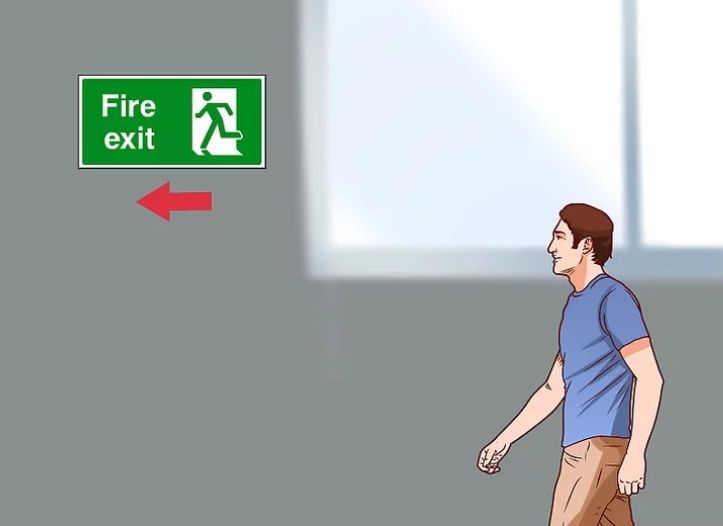
Employers have a legal responsibility to ensure the safety of their employees in the workplace. This includes complying with fire safety regulations and codes. Regular fire drills are a requirement of these regulations and codes. Failure to comply with these regulations can result in hefty fines, legal liabilities, and even criminal charges in severe cases.
Encouraging a Culture of Safety
Regular fire drills help to encourage a culture of safety in the workplace. By prioritizing fire safety, employers can demonstrate that they value the safety and well-being of their employees. This can lead to a safer and more productive workplace.
Best Practices for Conducting a Fire Drill:
Communicate the Drill in Advance
Employers should communicate the date and time of the fire drill in advance to ensure that employees are aware of the drill and are prepared to participate.
Conduct a Full Evacuation
During the fire drill, employers should conduct a full evacuation of the building. This means that all employees should leave the building and assemble at a designated meeting point.
Evaluate the Drill

After the fire drill, employers should evaluate the drill to identify any issues with the emergency procedures or the evacuation process. This evaluation can help to improve the emergency response plan for future fire drills.
Provide Feedback to Employees
Employers should provide feedback to employees after the fire drill to ensure that they understand what they did well and what they need to improve on. This can help to reinforce the importance of fire safety in the workplace.
Fire drills are an essential part of fire safety in the workplace. They help to prepare employees for a fire emergency, identify potential fire hazards, test emergency procedures, comply with fire safety regulations, and encourage a culture of safety. Employers should conduct regular fire drills and follow best practices to ensure that the drills are successful and effective in improving workplace safety.
Related Article: Common Risk at Warehouses and Distribution Centers
Related Article: Workplace Fire Safety Tips

